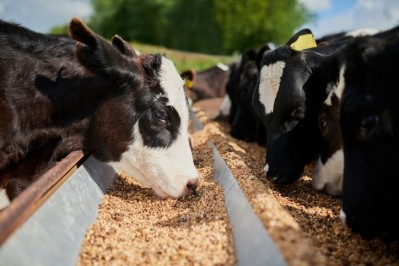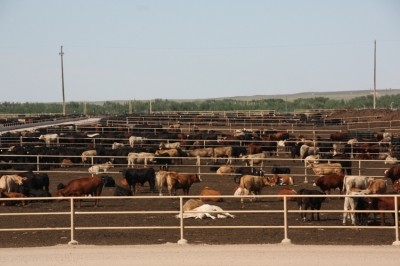'We have gained new insights into how xylanases function to optimize their use in poultry diets,' says AB Vista

“It is crucial to have a xylanase that can be relied upon to work on both the soluble and insoluble non-starch polysaccharides (NSP) fractions in a broad range of cereal grains.
Through our research, we wanted to better understand the interactions of xylanases in the non-viscous grains like corn and sorghum, given that the majority of the grains fed to poultry today have a low viscosity value,” said Craig wyatt, AB Vista poultry technical manager.
All cereal grains contain NSPs which are made up mainly of arabinoxylans. A correctly targeted xylanase breaks down the arabinoxylans in plant fiber.
“It has taken many years of trials and experience to test the different mechanisms by which xylanase feed enzymes produce a performance response and to define the critical ones,” he told us.
Wyatt said that AB Vistas’ R&D and technical service teams worked closely together to analyze all the trial work while Dr Mike Bedford, AB Vista research director, conducted analysis to see if common factors could be found that would define some of those mechanisms.
"The key to achieving a consistent, reliable response from xylanases, is to apply the correct dose of a suitably optimized one, and also ensure that it arrives in a still-active state at the point of action. And we now have a much clearer idea about the specific characteristics needed for that xylanase to be optimized,” explained Wyatt.
Nutrient digestibility and animal performance
He said certain prebiotic end-products are produced when a correctly targeted xylanase breaks down the arabinoxylans in plant fibre. These specific arabino-oligosaccharides (AXOS) are one of the main mechanisms by which xylanases improve nutrient digestibility and animal performance in non-viscous, corn-based diets, as well as contributing to response in viscous, wheat-based diets.
“This effect can only be achieved through use of xylanases that cleave the xylose backbone of the arabinoxylan mid-chain, cleave that backbone at the right point to produce the necessary prebiotic AXOS, and do not continue to break those AXOS down further,” said Wyatt.
It is also important that the xylanase does not produce high levels of free xylose or arabinose sugars – which can be detrimental to animal performance – or possess poorly defined or undeclared side activities which may take arabinoxylan degradation too far, he said.
“Through our work we also now know some xylanases are extremely thermo-tolerant and this allows us to test those xylanases in pelleted feed without a loss in activity. Thermo-tolerance is directly linked to gastric stability and pH profile and has a direct impact on the efficacy of xylanases,” added Wyatt.
Optimal doses
Xylanases are very different to phytase based enzymes when it comes to optimal doses, he continued.
“We are finding, in the case of phytases, the higher the amount we feed the better because we are trying to maximize phytate breakdown all the way to inositol. However, with xylanases, we do not want to break arabinoxylan down to simple sugars as the bird and pig cannot handle those very well, and such an approach can lead to poor performance.
We have already conducted trials in different substrate diets to evaluate the best and optimal dose for a consistence response and we continue to do so," said Wyatt.
He said it is important to stress that xylanases work very well in good quality poultry diets and there isn’t a need to feed high fiber based ingredients like wheat middlings or distillers’ grains (DDGS) to get a response. "In fact, we are finding very good responses in high density corn based diets," said Wyatt.












